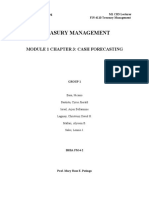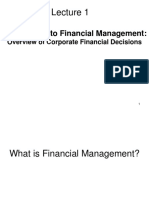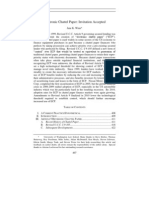100% found this document useful (1 vote)
15K views6 pagesCFMS Reviewer
The document provides an overview of key concepts in financial management, including capital markets, equity valuation methods, interest rates, and behavioral finance. It discusses the optimal capital structure, the impact of psychological biases on investment decisions, and the role of monetary policy. Additionally, it covers taxation, financial analysis, and the regulatory environment for banking and financial institutions.
Uploaded by
vijian.arciaCopyright
© © All Rights Reserved
We take content rights seriously. If you suspect this is your content, claim it here.
Available Formats
Download as DOCX, PDF, TXT or read online on Scribd
100% found this document useful (1 vote)
15K views6 pagesCFMS Reviewer
The document provides an overview of key concepts in financial management, including capital markets, equity valuation methods, interest rates, and behavioral finance. It discusses the optimal capital structure, the impact of psychological biases on investment decisions, and the role of monetary policy. Additionally, it covers taxation, financial analysis, and the regulatory environment for banking and financial institutions.
Uploaded by
vijian.arciaCopyright
© © All Rights Reserved
We take content rights seriously. If you suspect this is your content, claim it here.
Available Formats
Download as DOCX, PDF, TXT or read online on Scribd
/ 6














































































































